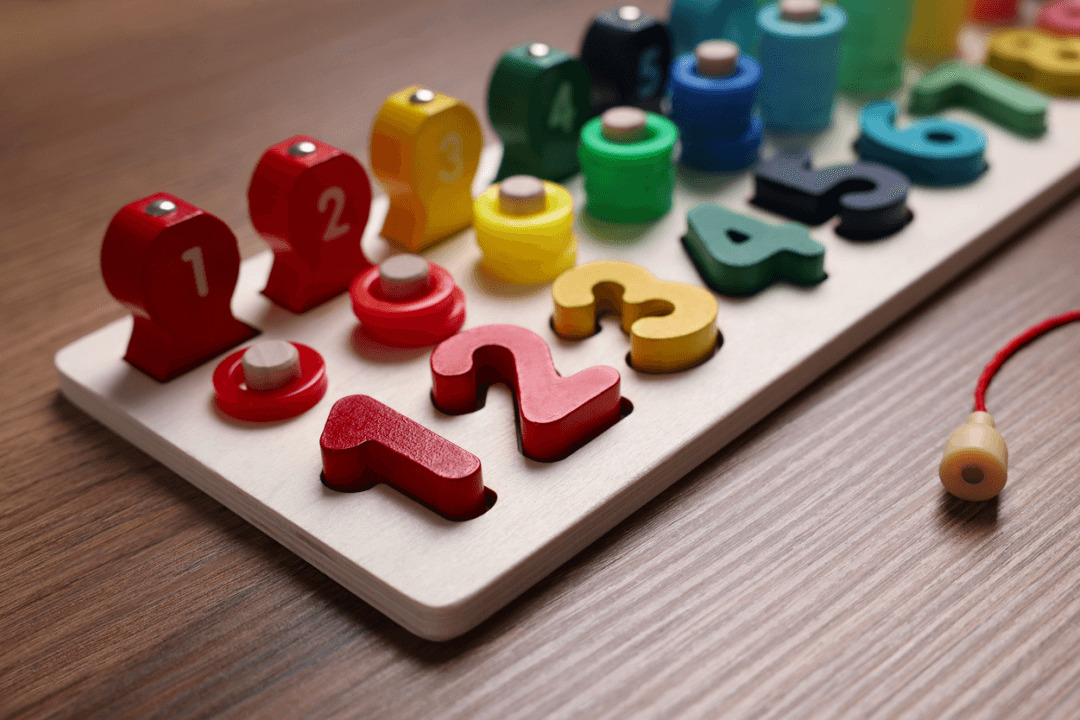Here at Early Advantage, we believe developing fine motor skills in preschool-aged children is important as it lays the foundation for critical tasks they will encounter in their academic development and everyday life. These skills involve the coordination and control of the small muscles in the hands and fingers, enabling children to perform activities like writing, drawing, buttoning clothes, using utensils, and more.
Fine motor skills are integral for developmental success. They are directly linked to a child’s ability to write legibly, draw shapes and letters, and perform tasks that require precision and control. Proficient fine motor skills facilitate the transition from early writing endeavors to more advanced tasks, such as forming letters and words. Moreover, they also contribute to cognitive development as manipulating small objects helps to strengthen neural connections in the brain.
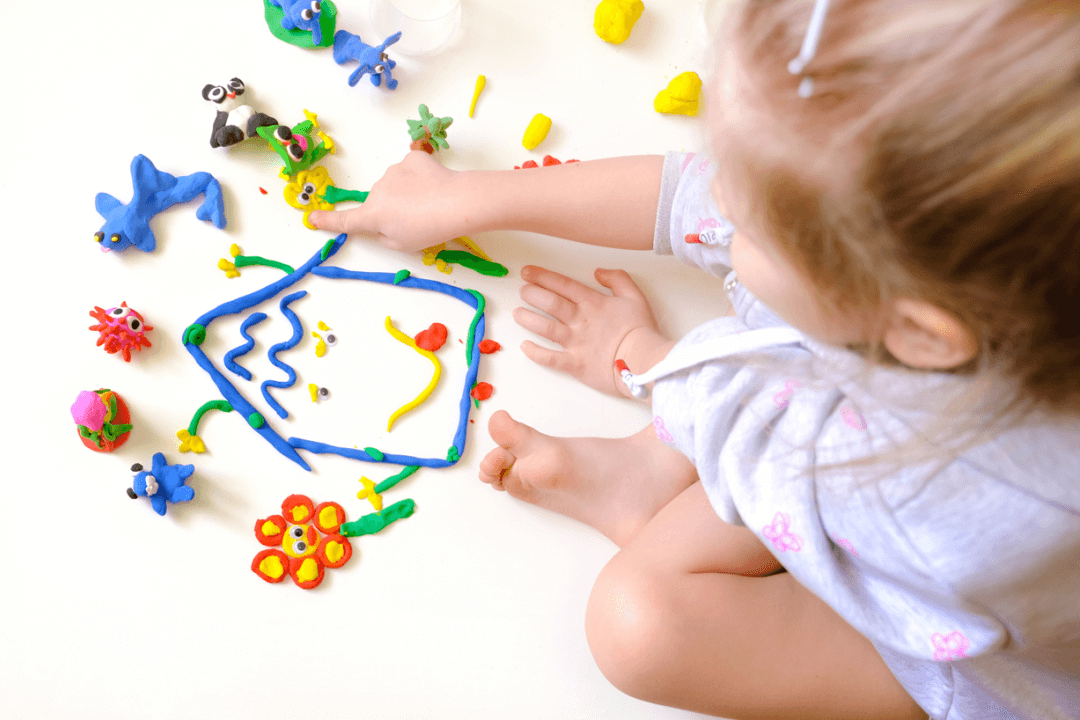
What are Gross Motor Skills?
Gross motor skills are the abilities that involve the large muscles of the body and the coordination of movements. For toddlers and preschool-age children, these skills include walking, running, jumping, climbing, and balancing. They are essential for developing physical abilities and strength, as well as for developing overall coordination and spatial awareness. These skills also lay the foundation for more complex physical activities as children grow and develop.
What are Fine Motor Skills?
Fine motor skills are the ability to make precise hand and finger movements. These skills are important for tasks such as buttoning a shirt, cutting with scissors, or coloring. For toddlers and preschool-age children, fine motor skills are essential for developing independence and enabling them to participate in activities such as eating, dressing, and playing. By developing fine motor skills, children can also enhance their hand-eye coordination and concentration, which are important for future academic and everyday tasks.
Fun and Functional Fine Motor Skill Development Activities
As child educators, we know there are many ways to use play to help your child improve fine motor skills. Here at Early Advantage, we use different tactics such as time spent at a sensory table, art projects, playing with play dough, and more. We also encourage parents to do the same.
Here are 7 ways Early Advantage helps encourage a child’s development of fine motor skills.
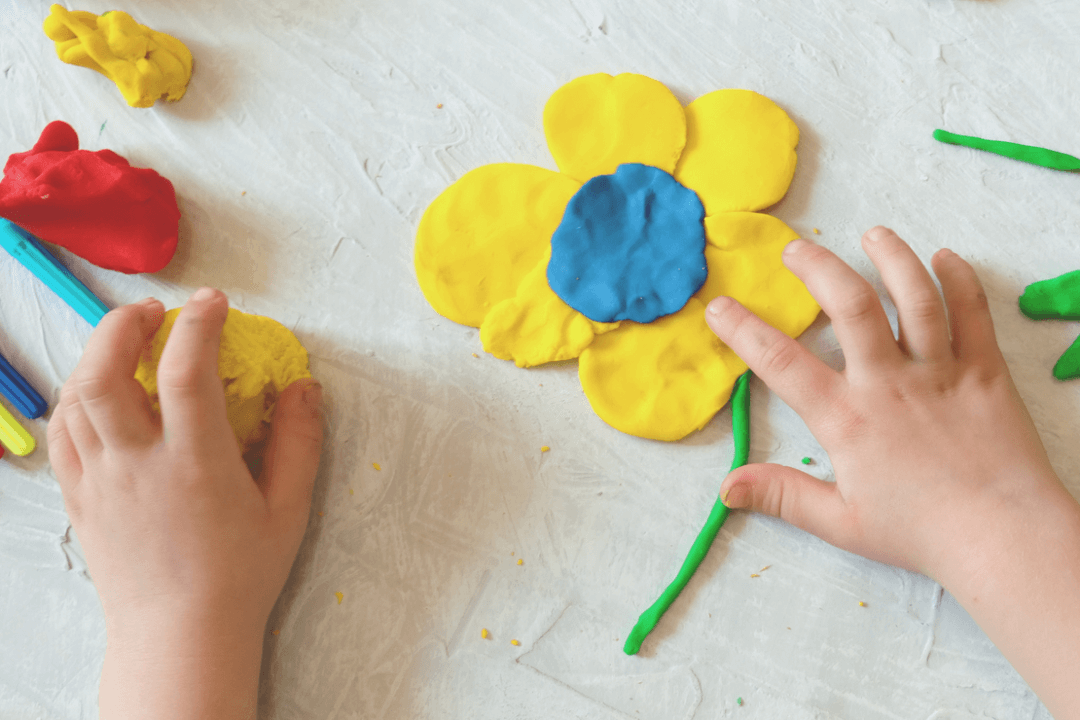
1. Playdough Creations
Playing with playdough requires the use of the small muscles in the hands and fingers. Squishing, pinching, rolling, and shaping the dough helps strengthen these muscles, promoting dexterity and control. These precise movements are crucial for tasks like holding a pencil, using scissors, and buttoning clothes.
But using playdough also encourages hand-eye coordination. As children mold and shape the dough, they are honing their ability to coordinate the movements of their hands with what they see. This skill is essential for writing, drawing, and even sports activities.
For parents, providing their child with playdough and encouraging them to shape it into various forms is a great way to improve hand strength and coordination.
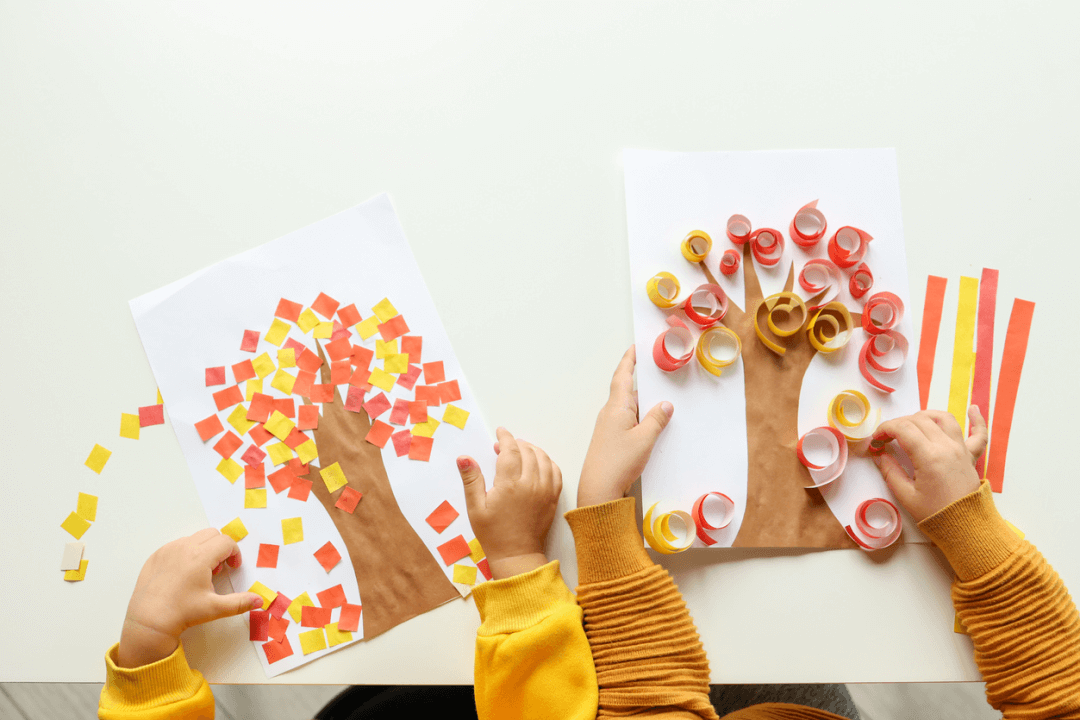
2. Art Projects
Fine motor skills develop with many different types of activities. Art projects are a great way to engage a child and encourage them to use different utensils and motor skills. These projects often involve activities that require children to use their hands and fingers in a precise and coordinated manner, ultimately helping to build their fine motor skills.
For example, coloring, painting, cutting, and pasting all involve using small muscles in the hands and fingers. Additionally, art projects can often incorporate threading, such as beading or weaving, which require children to use their fingers to manipulate small objects and thread them through various materials. At Early Advantage, we incorporate art projects into our daily routines to give our students the opportunity to practice their grip, hand-eye coordination, and dexterity.
By offering a variety of art techniques and materials, children can explore and experiment with different ways to use their hands and fingers, ultimately contributing to developing their fine motor skills. For parents looking to develop their child’s motor skills further consider fingerpainting with your toddler. It’s a fun and simple way to help your child reach fine motor milestones and is a great way to allow your child to express themselves while creating a piece of art.
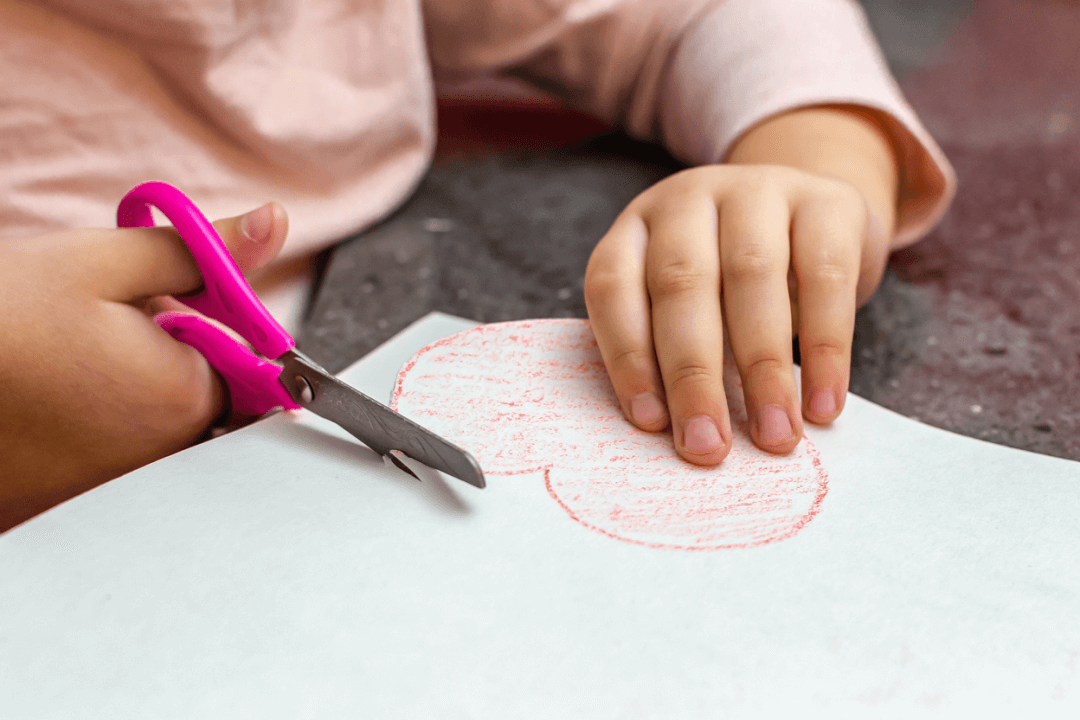
3. Cutting with Safety Scissors
Here at Early Advantage, we work with children in different ways to develop and build fine motor skills. One activity we practice with students is using safety scissors. These specialized scissors are designed with rounded tips and easy-to-grip handles, providing a safe introduction to cutting. As children manipulate the scissors, they engage the small muscles in their hands, refining coordination and control. This process is instrumental in developing the pincer grasp, a vital skill for tasks like writing and buttoning clothes.
Children using safety scissors must visually track the line they intend to cut while simultaneously coordinating the movement of their hand holding the scissors. This activity fosters the synchronization of visual input with motor actions, an essential aspect of fine motor development.
Safety scissors are another great option for parents looking to develop fine motor skills at home. Consider finding magazines or newspapers to give to your child to cut up. Remember to supervise your child as they use safety scissors.
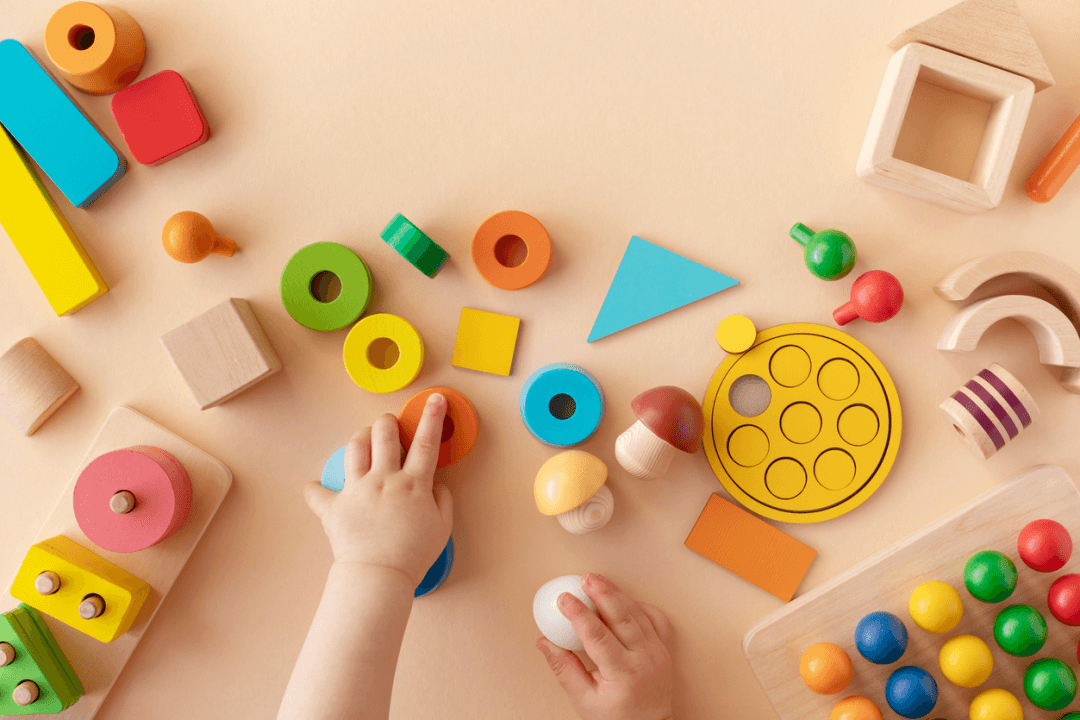
4. Sensory Table Play Time
Another activity we use to help students develop at Early Advantage is incorporating a sensory table into our daily routine. A sensory table is a special activity table designed for young children to explore and play with various materials such as sand, water, rice, or beads. Sensory tables help to stimulate the senses and allow children to engage in tactile and imaginative play. Preschool-age children and toddlers can use the sensory table to practice pouring, scooping, and manipulating objects. This hands-on sensory experience encourages creativity, language development, problem-solving, and social interaction. Parents, consider building a similar table for your child at home full of different colors, textures, shapes and materials. This will give them the opportunity to explore further at home.
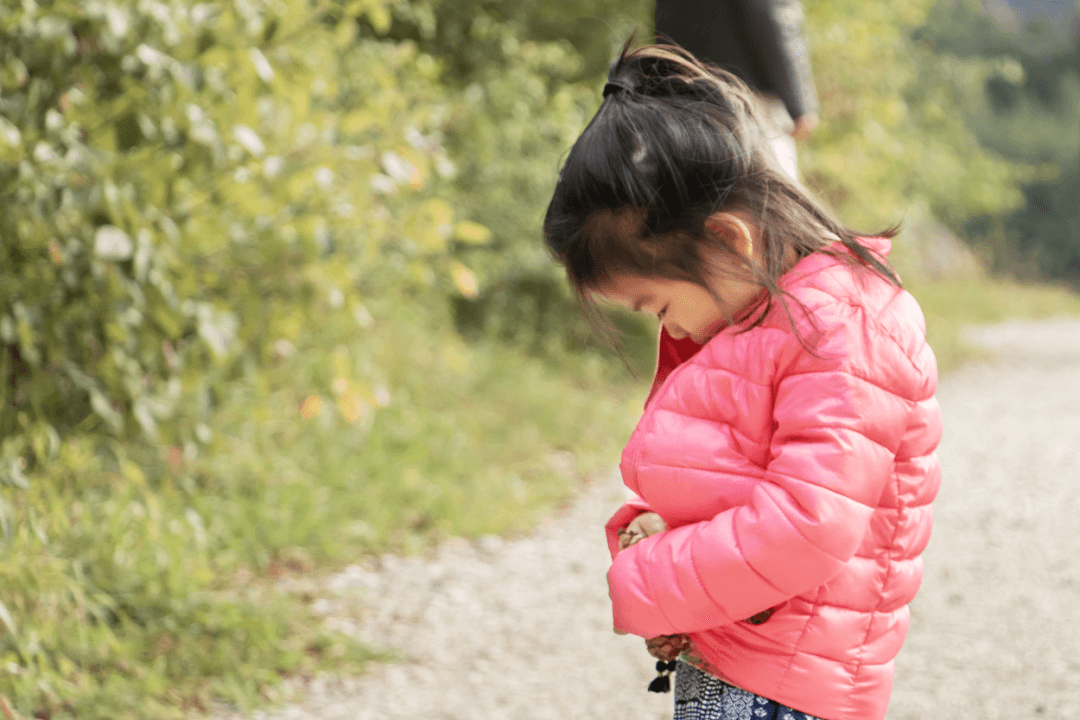
5. Allowing Children to Dress Themselves
Tasks like buttoning buttons, zipping zippers, and fastening snaps require precise hand-eye coordination. Children must visually align the fasteners and manipulate them with their fingers. This coordination of visual input with motor actions helps develop children’s fine motor skills. Early Advantage educators work to provide different learning experiences for children. Self-care and putting on their personal effects, such as their own coat, hats, and gloves, are important steps in development.
For parents, you can work on this or try it at home. Be sure to encourage your child when some finer points of dressing become difficult, such as buttons, zippers, and tying shoelaces. While these things can be difficult at first, working on them with your child over time can help build their mastery of the skill and confidence.
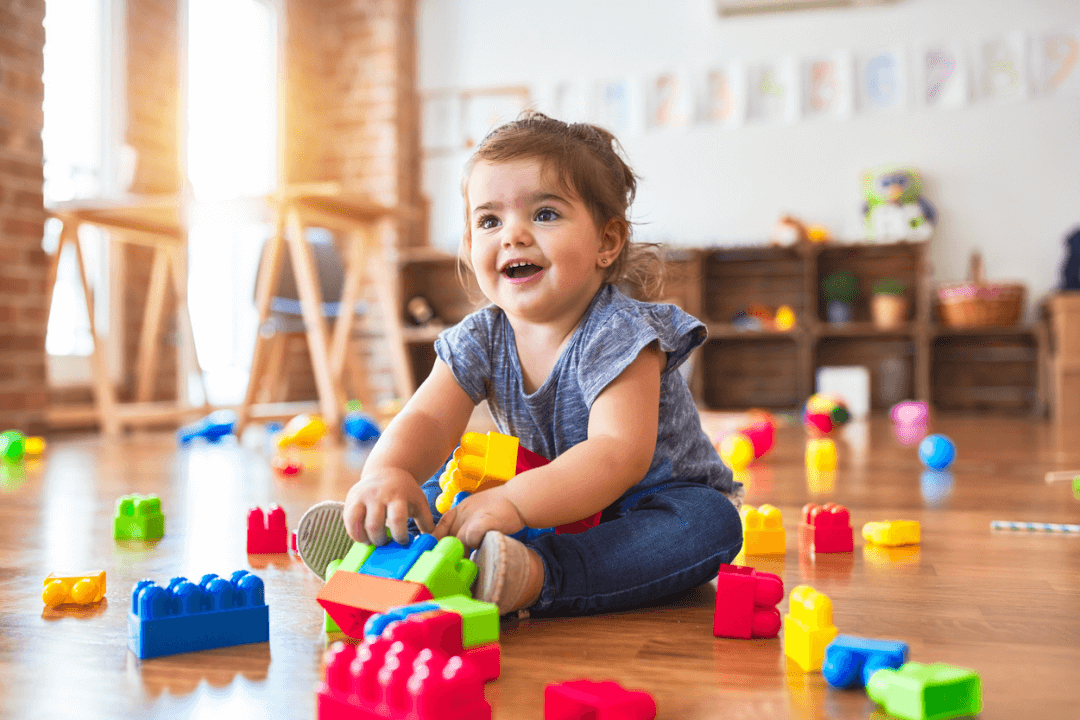
6. Building with Blocks
When children stack and arrange blocks, they hone their hand-eye coordination and fine motor skills. They must visually assess the size and shape of each block and then precisely position it to create a stable structure. This coordination of visual input with motor actions is essential for tasks that require precision and control, such as writing, drawing, and manipulating small objects.
Building with blocks is a multi-sensory learning approach. We believe building with blocks not only promotes spatial awareness but problem-solving as well. Children must plan and sequence their actions to create a stable structure, considering factors like balance and stability. This process enhances their cognitive skills and attention to detail.
Building with blocks is another great activity for parents and children to try at home. Not only does it help young learners develop, but it also helps promote quality time between parent and child, which also greatly benefits children.
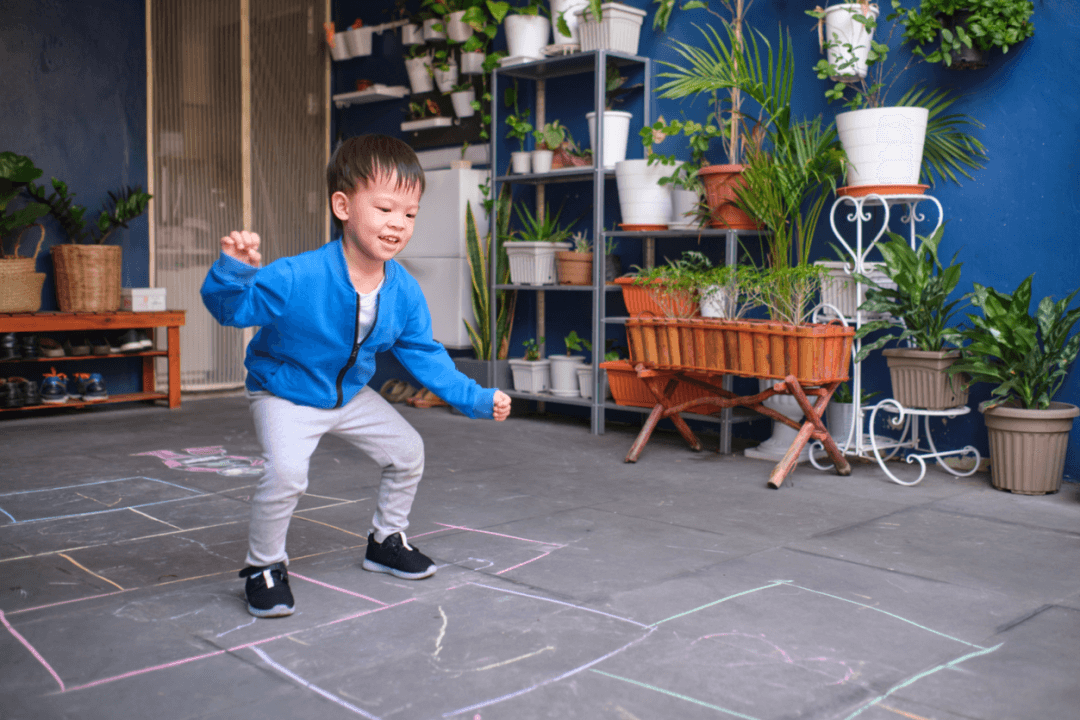
7. Coordinated Play Time
Finally, we help children to develop their gross motor skills through coordinated playtime. At Early Advantage, we practice different curricula, such as S.M.A.R.T Curriculum, to help ensure your child meets their milestones. Coordinated playtime can include playing outdoor games like tag, dancing, or hopscotch. Providing opportunities for free play on playgrounds or in open spaces can also help children develop their coordination, balance, and strength. Our facilities give children the opportunity to explore their surroundings, jump, climb, and run.
For parents, consider involving your child or children in household chores that require physical movement, such as carrying groceries or sweeping, which can further support the development of their gross motor skills. You can also model actions for your child, such as jumping, balancing on one foot, or catching a ball, and encourage them to try alongside you. Overall, offering various active and engaging opportunities for children to move and explore their physical abilities can help them develop and refine their gross motor skills.
The Importance of Developing Fine Motor Skills at Early Advantage
When your child attends Early Advantage, we allow them to develop their motor skill coordination through various activities for kids. By incorporating these strategies into your child’s daily routines, you can support their physical development and help them reach their full potential.
